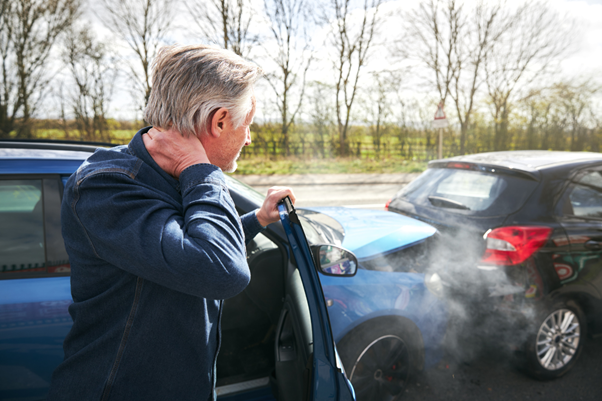Car accidents are a leading cause of death across the globe.
Several factors contribute to this statistic, including speeding and high traffic congestion. In this article, we will talk about why that’s the case.
It’s important to keep in mind that you should hire lawyers who specialize in car accidents if you find yourself in one. On your own, it can be difficult and confusing to navigate the court system.
Here are the reasons why congestion and speeding cause car accidents.
Reduced Reaction Time
Reaction time is the amount of time a driver has to react to an obstacle or change on the road, such as a red light or a pothole. This becomes crucial at higher speeds, as vehicles require a larger stopping distance, which means the driver should be quick to respond.
What happens when there’s high traffic is there’s very little space to maneuver, which means there’s a higher chance of a crash happening. When there’s more space between vehicles, there’s more room for drivers to react; however, in crowded lanes, failing to notice a change for a split second could result in a crash.
Leads to Aggressive Driving
When a driver tailgates, drives erratically, or displays signs of aggression, it’s called aggressive driving. This kind of behavior puts everyone at risk and generally happens when the driver is frustrated or under extreme stress. Being stuck in traffic can drive this kind of behavior in people, causing accidents.
When people are stuck in traffic for a while, it can cause them to become impatient and behave recklessly. When drivers tailgate or make sudden moves, the drivers around them may not be able to react on time, leading to a crash. The same applies to speeding, which can also be considered a form of aggressive driving.
When drivers exceed the speed limit and jump lights or fail to slow down at crossroads, they risk running someone over or crashing into another vehicle.
Breaking Traffic Rules
When there is high congestion, it pushes people to break the rules—they may switch lanes illegally or make an illegal U-turn to get out of traffic. Making such moves could result in a crash, as the driver in the other lane or the drivers behind them may not anticipate such moves.
The same applies to speeding—when you’re going above the posted speed limit, it can be difficult to stop at intersections, at stop signs, or when there’s an obstacle on the road, resulting in car crashes.
Strategies to Mitigate Car Crashes
There are several things that can be done to mitigate car crashes, especially the ones resulting from high traffic.
To start with, cities can invest in public transport, giving people a clean, safe, and efficient way to get around. This would reduce the congestion on the road. Making public transport more accessible for those unable to afford it can also help.
Improving road design to deter speeding and educating the public on the dangers of speeding can help curb accidents. Introducing stricter fines and penalties for those caught speeding can also help reduce speed-related accidents.
Ensuring there are proper signs and enough room to maneuver can reduce accidents at intersections and highways.
Conclusion
To conclude, speeding and congestion trigger reckless driving behaviors, like aggressive driving and rule-breaking. It significantly reduces reaction time, giving drivers less room to maneuver in the face of a hazard, leading to deadlier crashes. Governments can reduce traffic congestion by investing in public transport and curb speeding by designing better roads and introducing stricter laws.
It is important for everyone on the road to remember that they have a right to protection under the law and that a lawyer’s assistance is essential in a car accident. Handling a lawsuit on your own is not advised, as you may be ill-prepared to deal with the court procedures.



